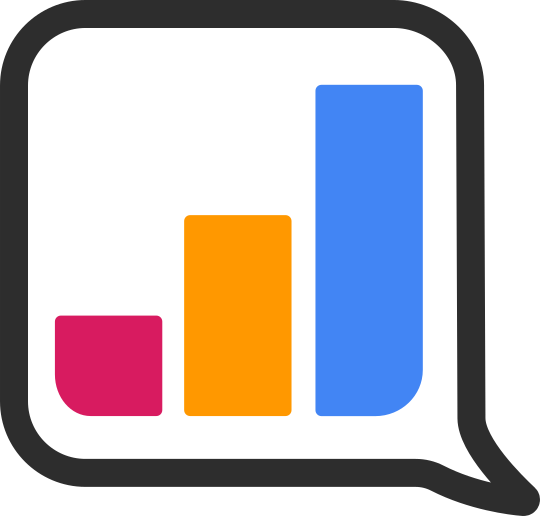People often use the words energy and electricity interchangeably, but they’re not the same thing. Electricity is a form of energy.
In 2023, the electricity sector made up about 20% of the world’s total energy consumption, according to the IEA. The other sectors include transport, industrial processes, heating and agriculture.
Electrifying Energy
For the world to meet its decarbonisation targets, electricity needs to deliver a bigger slice of the energy pie. That means using electricity in activities like transport and heating, rather than burning fossil fuels like oil and gas. This is called ‘electrification’.
“Electrification is one of the most important strategies for reducing CO2 emissions from energy in the Net Zero Emissions by 2050 Scenario, where the majority of emissions reductions from electrification come from the shift towards electric transport and the installation of heat pumps,” says the IEA.
The IEA says electricity’s share of final energy consumption should be close to 30% in 2030.
Electricity in Australia
Electricity in Australia is supplied through five geographically distinct networks, or grids. These are:
• National Electricity Market (NEM)
• South West Interconnected System (WEM)
• North West Interconnected System
• Darwin to Katherine network
• Mount Isa-Cloncurry supply network
(Source: Productivity Commission).
National Electricity Market (NEM): Runs down the east and southeast coast of Australia. Covers coastal Queensland, NSW, the ACT, Victoria, South Australia and Tasmania. The NSW transmission grid services the ACT. The NEM is Australia’s largest network, handling more than 80% of production and consumption.
South West Interconnected System (SWIS): Covers the south-west of Western Australia (Albany - Kalgoorlie – Kalbarri).
North West Interconnected System (NWIS): Covers part of the north west of Western Australia (Dampier, Tom Price, Port Hedland, Karratha and Roebourne). Major electricity customers in the NWIS include the port operations of BHP, FMG, Roy Hill and other miners, Rio Tinto’s port operations and inland mines, and industrial, commercial and residential loads. (Source: Hansard WA).
Darwin to Katherine Interconnected System (DKIS): Runs from Katherine to Darwin in the Northern Territory.
Mount Isa-Cloncurry supply network (Mt Isa Network): Runs from Cloncurry to Mount Isa in Queensland.
Data source: OpenNEM
Data notes: Data shows fuels feeding electricity grids in Tasmania, Victoria, SA, NSW, ACT, coastal Queensland, and southwest WA. NT data coming soon. Trend data updated at end of month.
